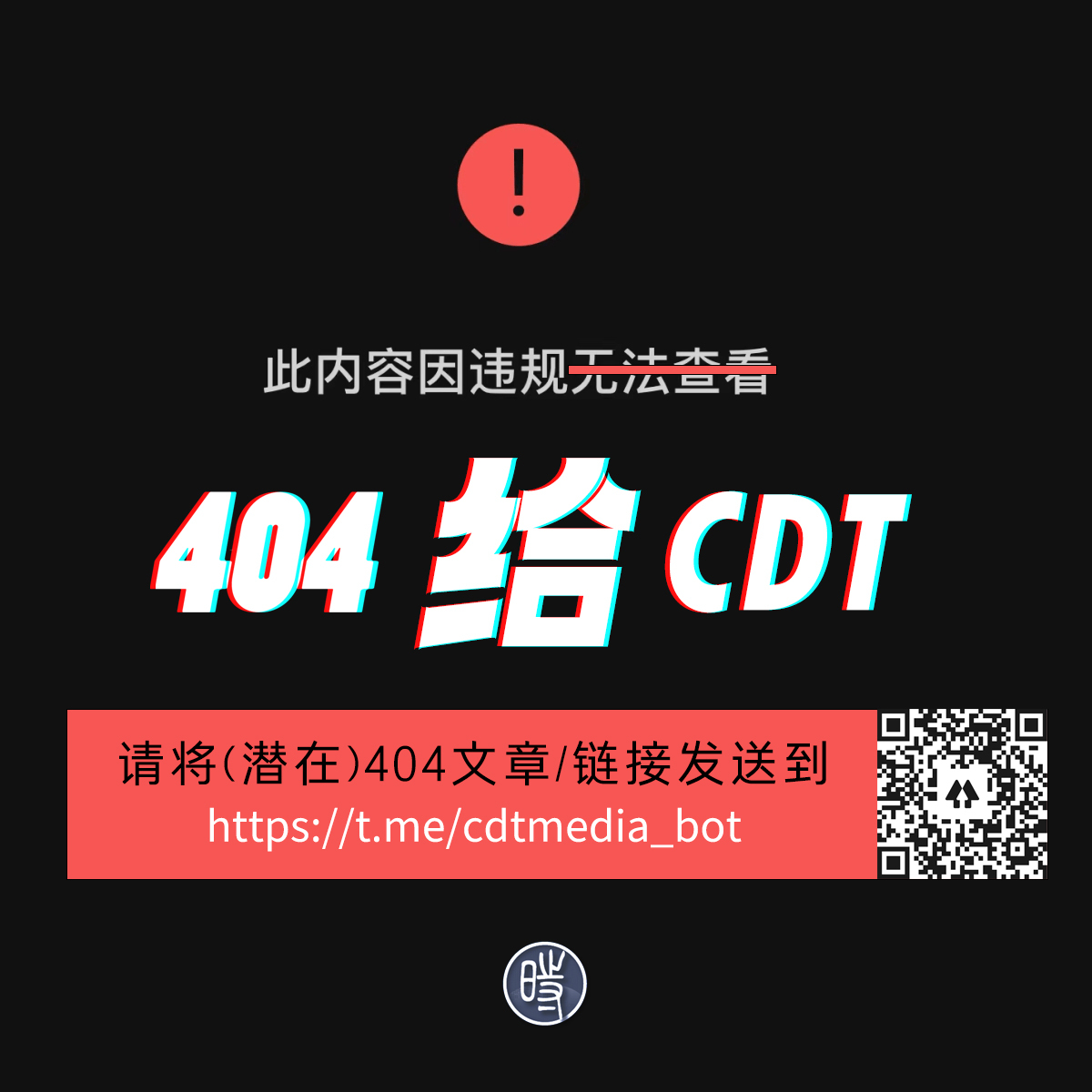·观察·
全球事务
11 约翰·刘易斯(美国) 薛理泰(美国) 中国核战争计划的制定
32 周永生 开创“黄岩岛模式”之探讨——确立解决无人占领海洋领土争端的典范
42 张娟 李岩 中菲黄岩岛之争,孰是孰非?——访美国海军军事学院专家彼得·达顿
45 林晓光 回顾与思考:从解密的日本外务省档案看40年前的中日邦交正常化(下)
转型
62 吴伟 中共十三大前“反自由化”背后的博弈
焦点
84 刘澎 中国需要宗教法(上)——走出中国宗教管理体制的困境
·智慧·
104 裴毅然 “反右”运动研究综述
125 王海光 血缘文化与文化大革命(论纲·下)
147 周伦佐 对造反派的误指与妖化
154 智效民 1944年国共谈判
160 姜弘 从《讲话》到“文革”——重读《在延安文艺座谈会上的讲话》
来信讨论
168 郭琦 陆港纷争背后
176 周舵 什么样的平等才是好东西
书评
180 钱理群 “来自营垒的反思”的意义和评价——读《让思想冲破牢笼——胡正晚年的超越与局限》
·格调·
186 全新帕萨特引领汽车“中国定制”风
188 刻录延安岁月的画家
Content of Issue 46 of the Magazine Leaders
Observation
Global Affairs
11 Making China’s Nuclear War Plan
32 Exploring the Model of Huangyan Island
42 Interview with Peter Dutton
45 A Rare Look at the History of Normalization of Sino-Japanese Relations Forty Years Ago from the Declassified Documents of Japan’s Ministry of Foreign Affairs (II)
Transition
62 The Struggle Around Anti-Liberalization Campaign Before the 13th National Congress of the Communist Party of China
Focus
84 The Pressing Need for Legislation on Religions in China (I)
Wisdom
104 A Summary of Researches on Anti-Rightist Movement
125 The Culture of Consanguinity and the Cultural Revolution (II)
147 The Misidentifying and Demonization of the Rebel Groups During the Cultural Revolution
154 A Brief History of KMT-CCP Negotiation in 1944
160 Rereading Yan’an Talks on Literature and Art
Letters
168 The Dispute Between the Mainland and Hong Kong
176 What Kind of Equality is a Good Thing?
Book Review
180 On Breakthroughs and Limitations of Hu Zheng’s Thoughts in His Late Years
Summary of Issue 46 of the Magazine Leaders
Making China’s Nuclear War Plan
Yet, what began as the pursuit of a “pure” nuclear war plan could not resist the influence of those changes that gained momentum in the 1980s and continue to the present day. The authoritative China’s National Defense in 2006 puts it this way: “Pursuing a self-defensive nuclear strategy, China’s nuclear strategy is subject to the state’s nuclear policy and military strategy.” Nuclear strategy itself, now being tested in repeated military exercises, has adjusted to the introduction of conventional missiles into the Second Artillery, the emergence and management of the ever-present threat of Taiwan “separatism” as the central military priority, and the development of an overall war plan integrating nuclear and conventional weapons and Second Artillery command structures into the military theater commands.
The Pressing Need for Legislation on Religions in China (I)
In recent years China has seen an increase in the number and complexity of its religious issues. Considering the tens of millions of religious followers in its transitioning society, there is indeed no surprise to see the emergence of such problems. However, the key issue here is the lack of any single legislation on religions by China’s legislature institutions. It is clear that religions in China have not been on the track of the rule of law. Simply denying this fact will not help improve the situation. Hence, the reality faced by the Chinese government, religious organizations and followers, as well as the entire society is that on one hand there are numerous problems and disputes in the religious field, while on the other hand there are no laws to regulate and tackle these problems. Moreover, although there are multiple government agencies that deal with religious affairs, they remain stranded in terms of solving hot and difficult religious issues that have existed over the past decades.
The Misidentifying and Demonization of the Rebel Groups During the Cultural Revolution
The conservative Red Guards targeted the lower strata, and the rebel groups of the Red Guards aimed at the rulers. Whoever witnessed this period of history should not have confused the two. However, with the government’s deepening efforts on reestablishing the order and the rise of the general public’s reflections on the movement after the Cultural Revolution, historical amnesia have spread among some people who blur the lines between the initial and second stages of the Cultural Revolution, neglecting the differences of struggle of classes and struggle between two lines and confusing the two types of Red Guards. These people include the victims as well as the participants of the Cultural Revolution.
![]()
本文由自动聚合程序取自网络,内容和观点不代表数字时代立场







.png)

